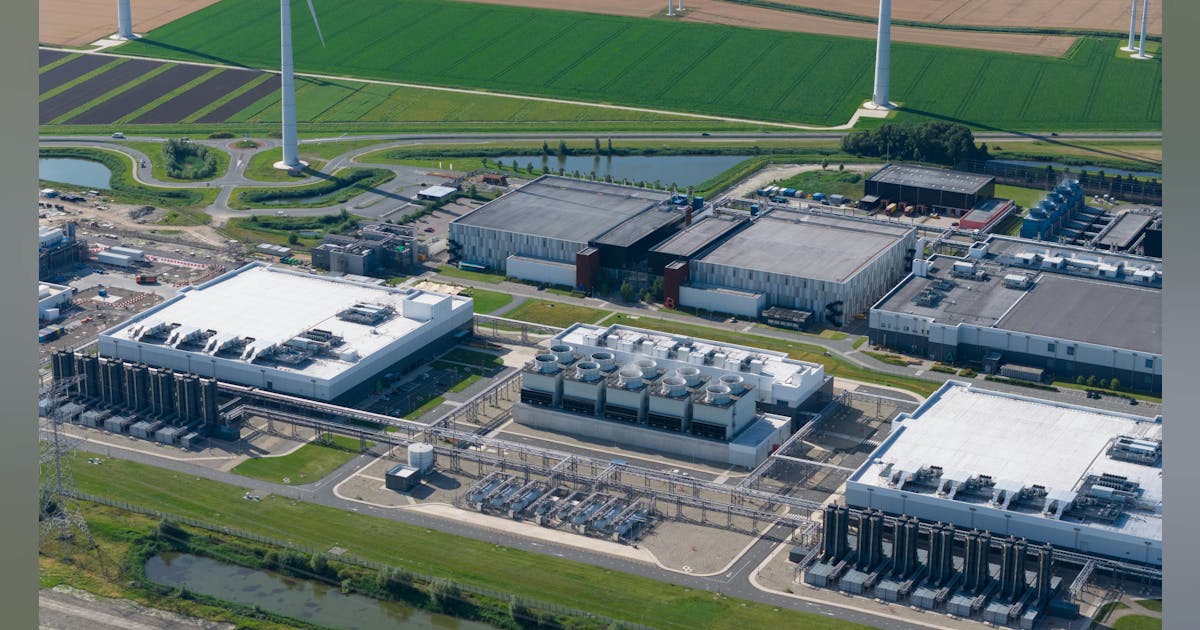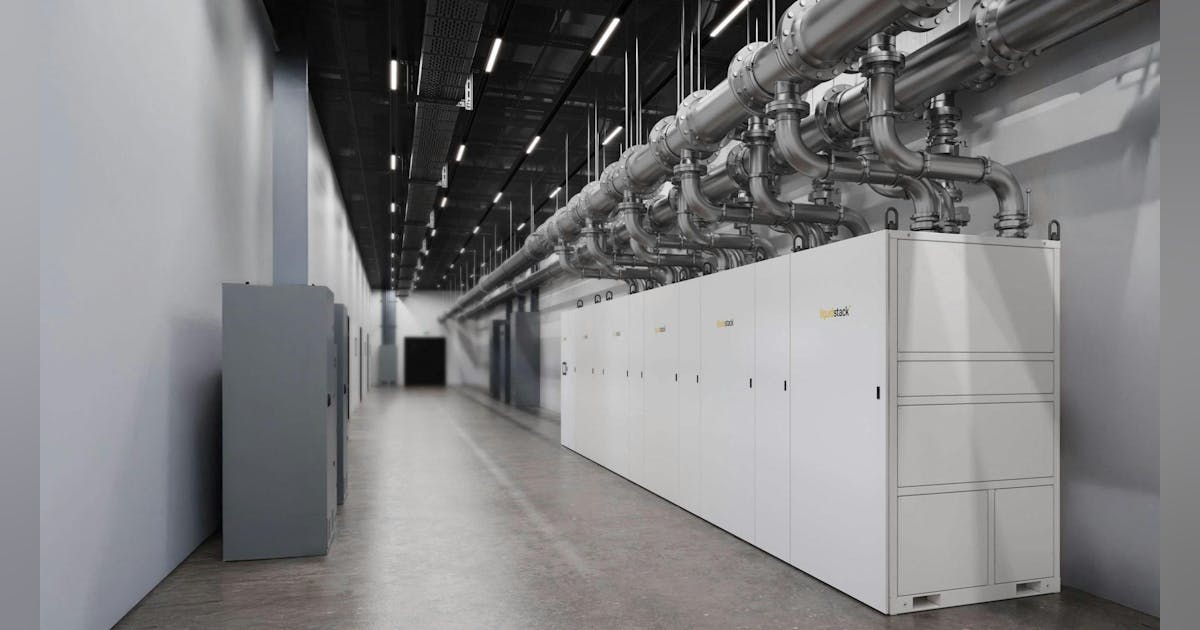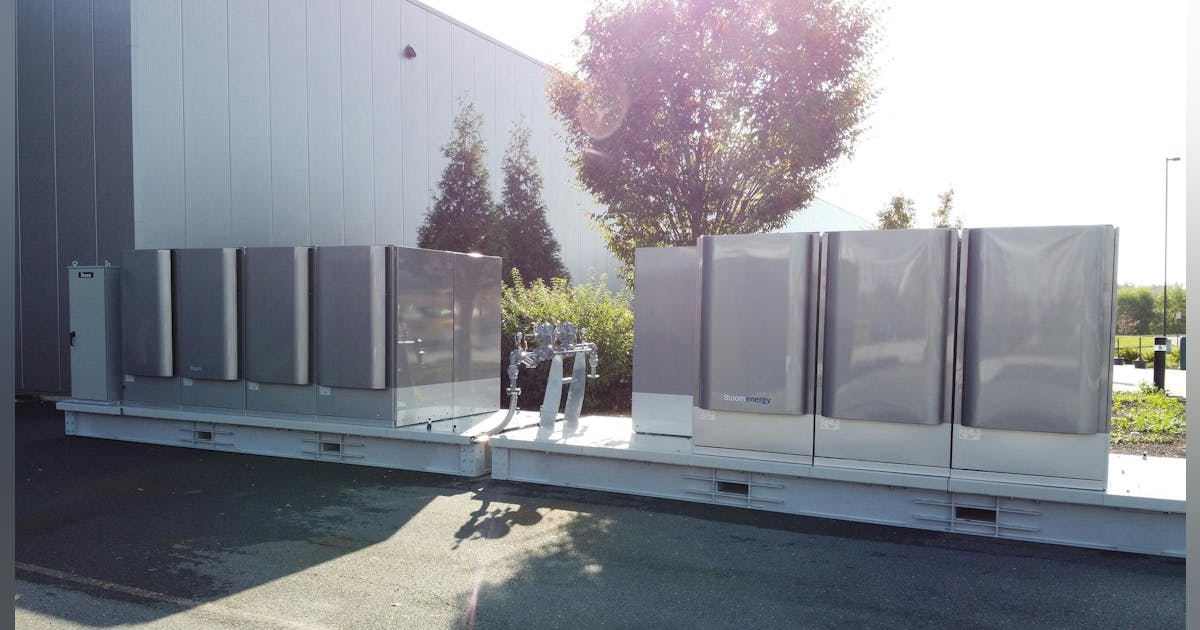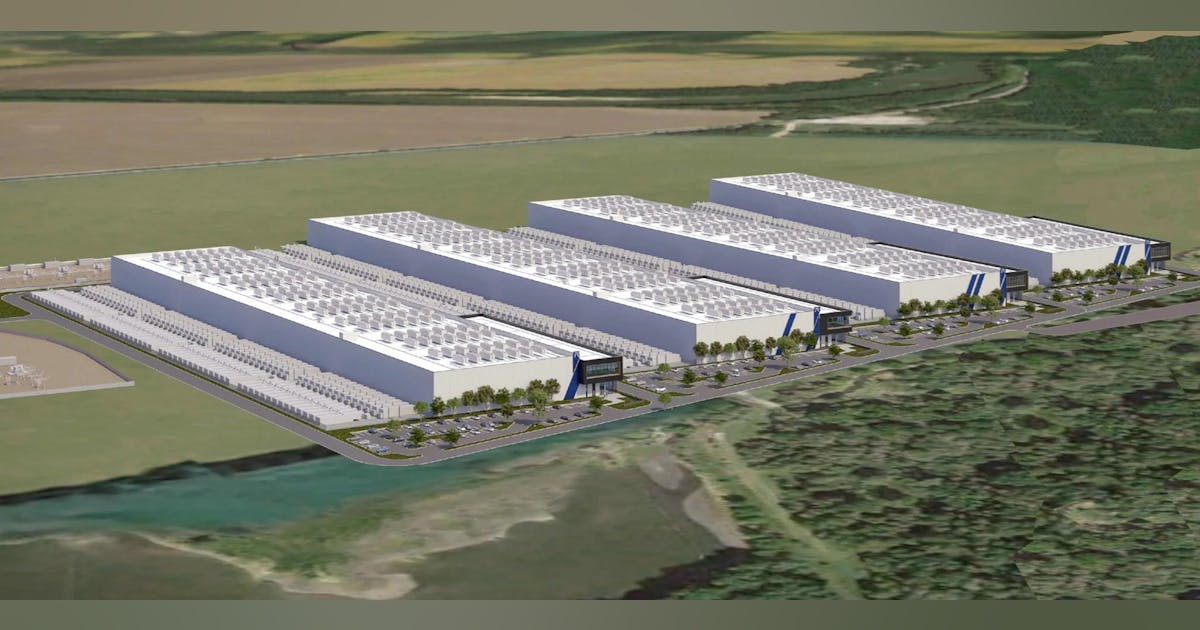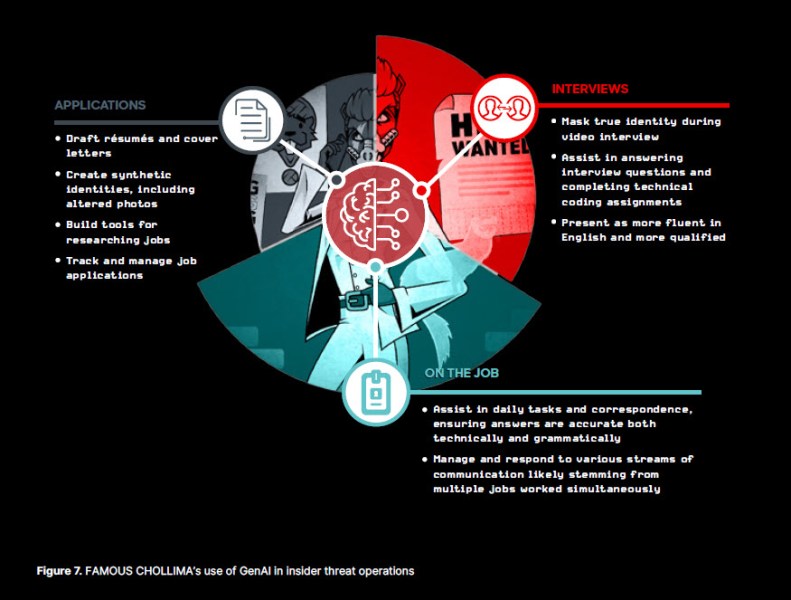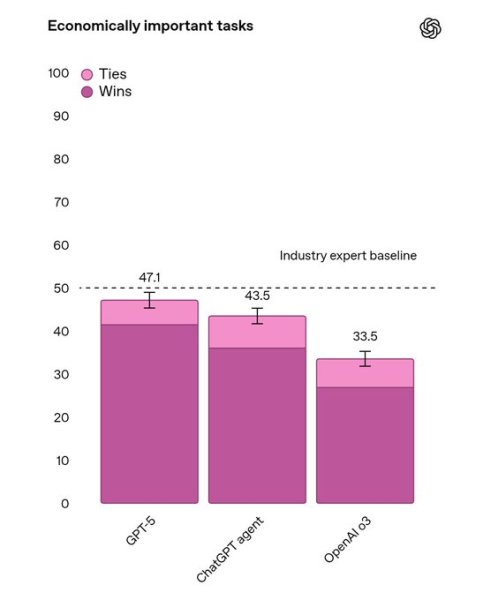
North America cut 22 rigs week on week, according to Baker Hughes’ latest North America rotary rig count, which was released on April 11.
The total U.S. rig count decreased by seven week on week and the total Canada rig count decreased by 15 during the same timeframe, taking the total North America rig count down to 721, comprising 583 rigs from the U.S. and 138 from Canada, the count outlined.
Of the total U.S. rig count of 583, 567 rigs are categorized as land rigs, 13 are categorized as offshore rigs, and three are categorized as inland water rigs. The total U.S. rig count is made up of 480 oil rigs, 97 gas rigs, and six miscellaneous rigs, according to the count, which revealed that the U.S. total comprises 523 horizontal rigs, 46 directional rigs, and 14 vertical rigs.
Week on week, the U.S. land rig count dropped by six, its offshore rig count dropped by one, and its inland water rig count remained unchanged, the count highlighted. The U.S. oil rig count dropped by nine, and its gas and miscellaneous rig counts each increased by one, week on week, the count showed. Baker Hughes’ count revealed that the U.S. horizontal rig count dropped by six, its directional rig count dropped by two, and its vertical rig count increased by one, week on week.
A major state variances subcategory included in the rig count showed that, week on week, Texas dropped three rigs, West Virginia and California each dropped two rigs, and New Mexico dropped one rig. Pennsylvania added one rig week on week, according to the rig count.
A major basin variances subcategory included in Baker Hughes’ rig count showed that the Permian basin dropped five rigs, and the Marcellus, Eagle Ford, and Cana Woodford basins each dropped one rig, week on week. The Haynesville and Barnett basins each added one rig week on week, the count highlighted.
Canada’s total rig count of 138 is made up of 91 oil rigs and 47 gas rigs, Baker Hughes pointed out. The country’s oil rig count dropped by eight and its gas rig count dropped by seven, week on week, the count revealed.
The total North America rig count is down 37 compared to year ago levels, according to Baker Hughes’ count, which showed that the U.S. has cut 34 rigs and Canada has cut three rigs, year on year. The U.S. has dropped 26 oil rigs and 12 gas rigs, and added four miscellaneous rigs, while Canada has dropped 24 gas rigs, and added 21 oil rigs, year on year, the count outlined.
In a research note sent to Rigzone on Friday by the JPM Commodities Research team, analysts at J.P. Morgan noted that “total U.S. oil and gas rigs declined by seven to 583 this week, according to Baker Hughes”.
“Oil focused rigs declined by nine to 480 rigs, after adding five rigs last week. Natural gas focused rigs increased by one to 97 rigs, after losing seven rigs last week,” they added.
“The rig count in the five major tight oil basins – we use the EIA basin definition – decreased by six to 451 rigs. The rig count in two major tight gas basins remained flat at 68 rigs,” they went on to state.
In the note, the J.P. Morgan analysts highlighted that the “Permian basin los[t]… five rigs, [and the] Eagle Ford los[t]… one rig, while the rig count in all other regions remained unchanged”.
“This follows the Permian losing three rigs last week and 16 rigs over the last seven weeks. Overall, the rig count in the Permian basin is now running 18 rigs below our forecast, which we attribute to weaker WTI prices and fears of U.S./global recession,” the analysts warned.
“If the reduced activity in the Permian basin is sustained at current levels throughout the remainder of the year, we estimate a ~62,000 barrel per day negative impact on U.S. liquids production in 2025 vs our forecast,” they added.
“The rig count across major gas basins remained flat as the two rigs added in Haynesville were offset by Marcellus/Utica losing two,” they noted.
“This follows Marcellus/Utica adding one rig last week after seven weeks of unchanged rig count. Haynesville rig count was flat last week and is up by three over last four weeks,” the J.P. Morgan analysts went on to state.
In its previous rig count, which was released on April 4, Baker Hughes revealed that North America cut 12 rigs week on week. The total U.S. rig count decreased by two week on week and the total Canada rig count decreased by 10 during the same period, that count outlined.
Baker Hughes’ March 28 count revealed that North America cut 18 rigs week on week, its March 21 rig count also revealed that North America cut 18 rigs week on week, its March 14 count showed that North America dropped 35 rigs week on week, and its March 7 rig count revealed North America cut 15 rigs week on week.
In its February 28 rig count, Baker Hughes showed that North America added five rigs week on week. Its February 21 count revealed that North America added three rigs week on week, its February 14 rig count showed that North America dropped two rigs week on week, and its January 31 rig count showed that North America added 19 rigs week on week.
The company’s January 24 rig count revealed that North America added 12 rigs week on week, its January 17 count showed that North America added nine rigs week on week, and its January 10 rig count outlined that North America added 117 rigs week on week.
Baker Hughes’ January 3 rig count revealed that North America dropped one rig week on week and its December 27 rig count showed that North America dropped 71 rigs week on week.
Baker Hughes, which has issued rotary rig counts since 1944, describes the figures as an important business barometer for the drilling industry and its suppliers. The company notes that working rig location information is provided in part by Enverus.
To contact the author, email [email protected]











